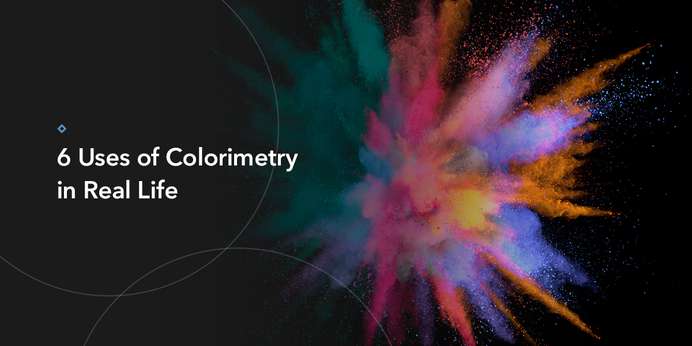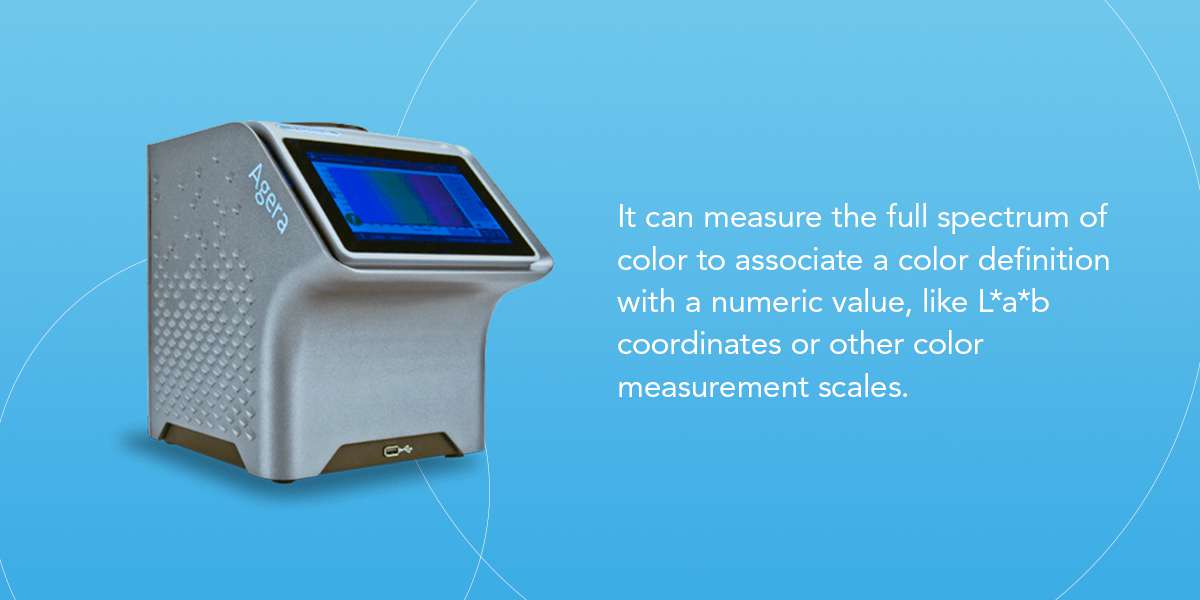
Colorimetry is the science of the measurement of color. Colorimetry is used for replacing subjective responses of colors with an objective numerical system. It involves measuring the concentration of a colored compound in a solution and the reflected or transmitted light of a solid transparent or opaque object.
A spectrophotometer is a light-sensing device that measures color within the human visible light wavelength to remove human subjectivity for color definitions. Spectrophotometers are valuable measuring tools for various industries and play critical roles in our everyday lives.


